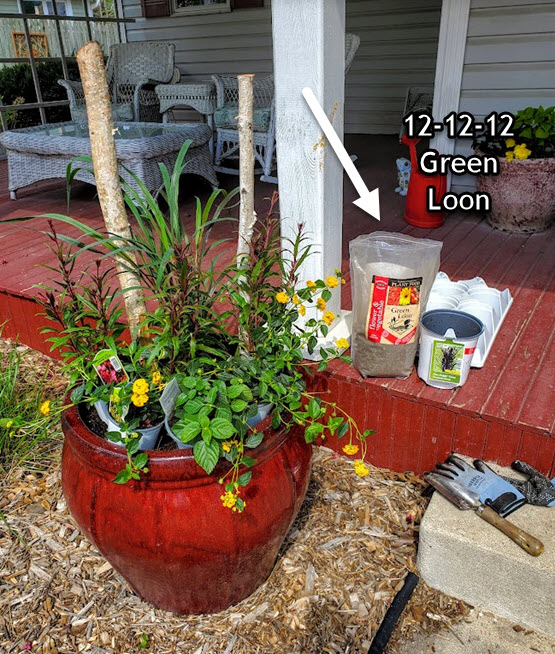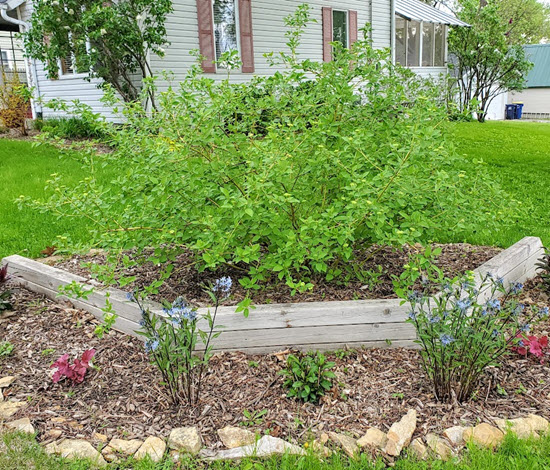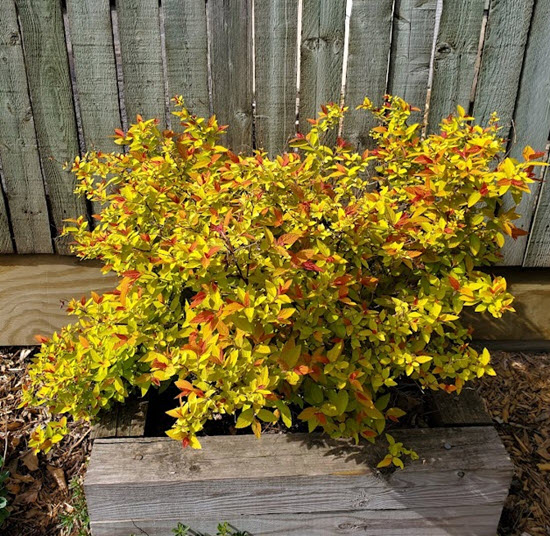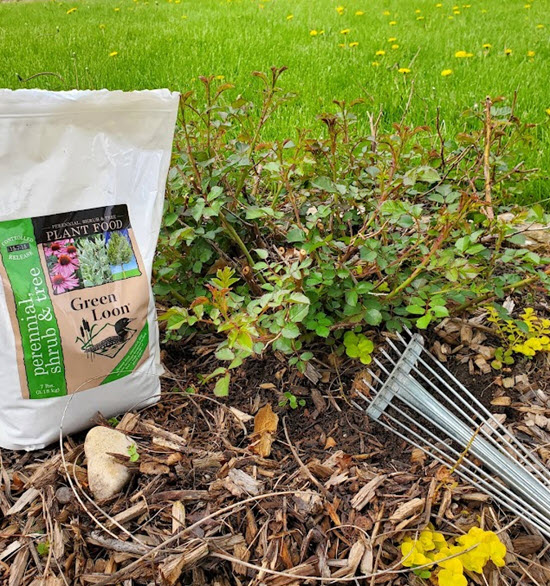Click below to listen to my 2 min. Garden Bite radio show: Feeding your shrubs
Audio PlayerYesterday we established that it’s a good idea to feed your container plantings and other herbaceous plants.

Shrubs and trees could use some food too. Keeping plants healthy helps lower opportunities for disease and insects to do damage.
A caveat to fertilizer response is the environment your shrubs are grown in. For instance, according to Proven Winners, soil fertility, aeration, drainage, exposure to sun and wind, temperature of the site, and proximity to buildings, walks and streets are but a few of the many factors that influence plant growth. Check out this link for more in depth information on that.

For the first couple of years, we fertilize to increase height and width of our shrubs, after that, it’s really more about lushness.

The three numbers you see on packages are NPK, nitrogen is for foliage, P or phosphorus is for roots and flowers and K, potassium is for overall health.


Woody plants respond well to fertilizers with a 3-1-2 or 3-1-1 ratio, for instance, the package may read 24-8-16, 18-6-12 or 12-4-4, etc.
In Minnesota and Wisconsin, we have an issue with phosphorus in our waterways creating algae, so it’s okay to purchase a lower number of P.
In the landscape, another caveat to plants in the ground, is to fertilize in spring and fall. At this point, that means you might wait till fall, unless you’re planting a new shrub, then add a slow release fertilizer to the planting hole.
